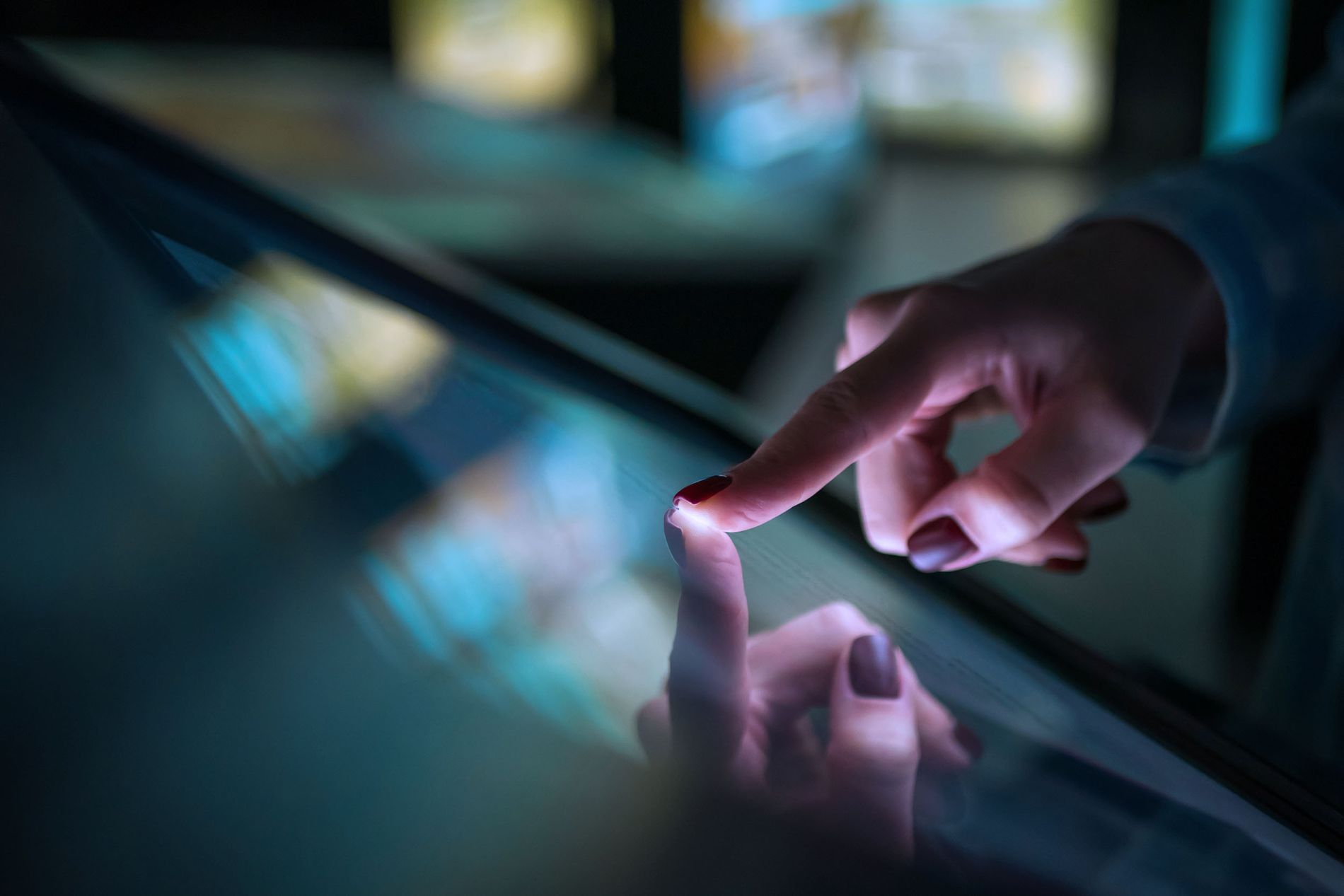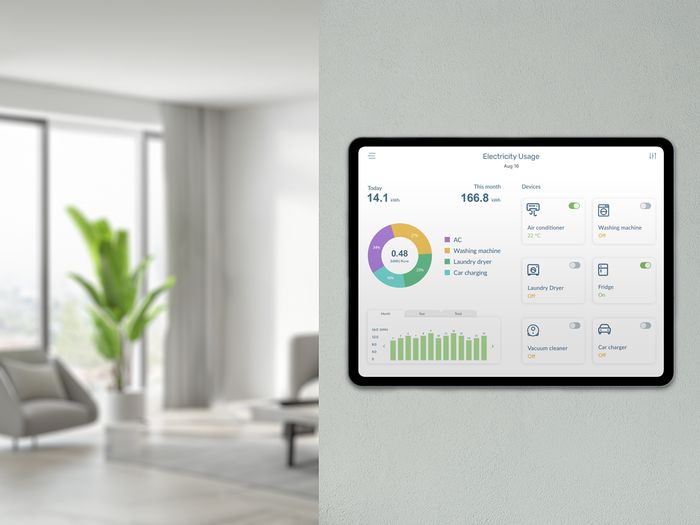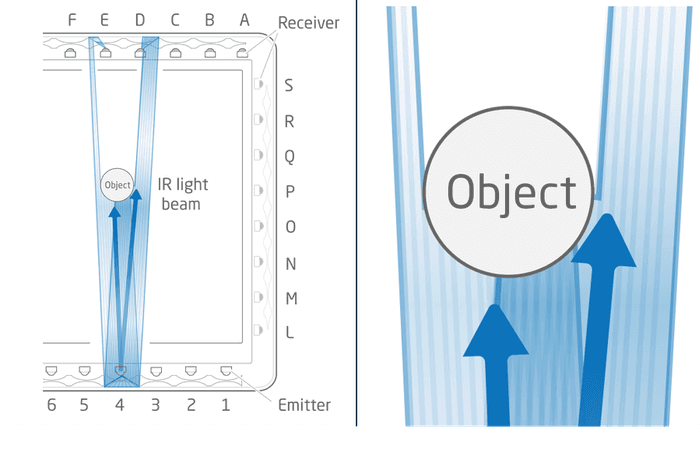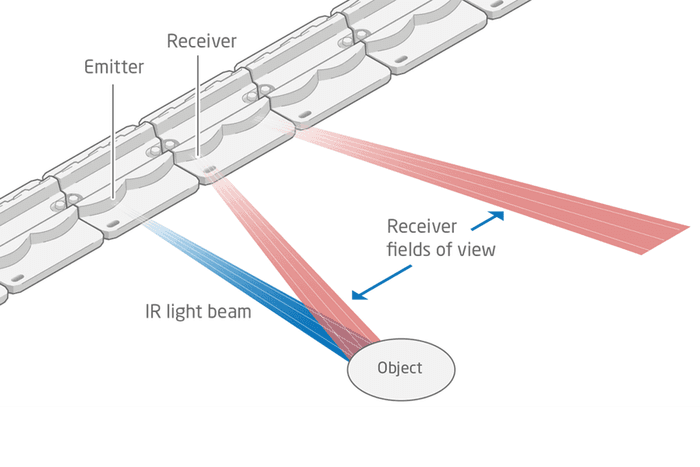Cookie-Einstellungen

Infrarot-Berührung
- Touch on Larger Displays
Touch on Larger Displays
Cost-effective touch on larger displays with infrared (IR)
Neonode's zForce infrared touch technology provides a cost-effective alternative to capacitive touch – especially on larger displays. Providing touch performance identical to the capacitive touch we are used to from our personal devices at a lower cost makes it a no-brainer on larger touch displays. Easy to integrate and already deployed in over 95 million devices worldwide, our zForce infrared touch technology is ready to bring your displays to the next level of interactivity.
Cut Costs in Your Applications

Smart Displays
Affordable touch for cost-sensitive smart home devices.
Low power draw and allows wake-on approach for always-on devices.
Works with gloves, passive styluses and other objects, ideal for smart devices throughout the home.

Touch Monitors
Low cost makes touch viable even for large computer monitors.
Works with computer monitors of any shape and orientation, including curved monitors.
Supports passive styluses for a natural drawing experience.

Digital Kiosks
Unparalleled longevity and durability, even in tough outdoor environments.
Allows rugged designs, e.g., thick plexiglass or metal meshes, without sacrificing touch capability.
Provides a smartphone-like touch experience on any device with a display.


Get Started with zForce
Start a Dialogue About Your Project
Get in touch with our team and start your zForce infrared touch project.
Discover zForce for Larger Displays
Integrating zForce Infrared Touch
Neonode's zForce technology platform is offered in two main configurations: a blocking infrared integration, where emitters and receivers on each side of the display are used to detect the position of blocked IR light; and a reflective infrared sensor, where emitters and receivers on a single side of the display are used to triangulate the position of blocked IR light.

Blocking Infrared Integration
With Neonode’s blocking zForce design, infrared light is emitted in a proprietary pattern that is received by photodetectors. When infrared light beams are broken by fingertips or any other objects, zForce determines the exact position on the display surface, indicating a touch event and provides this information to the host device. The frequency and accuracy of this process guarantees a seamless multitouch experience just like traditional capacitive touch.
Easily integrated into virtually any product with minimal bezels and high compatibility with displays of any type, zForce is a proven to solution to your touch interaction challenges.

Reflective Infrared Sensor
Neonode’s reflective zForce design provides an alternative infrared touch implementation that forgoes the frame for a single-sided design. Instead of determining the position of the touch event by broken infrared light beams, the reflective zForce design triangulates the position of the touch event based on the infrared light reflected by the fingertip or object that intersects the infrared light beams.



